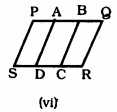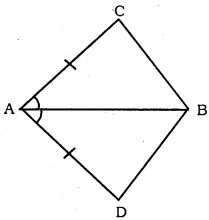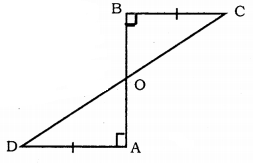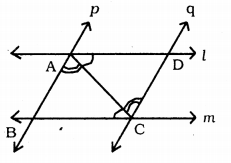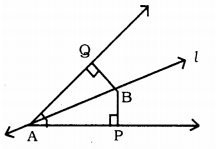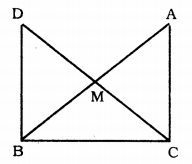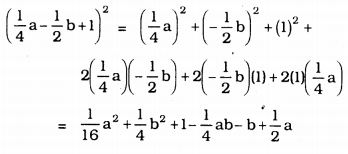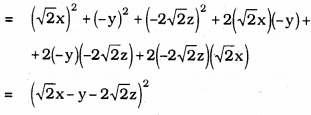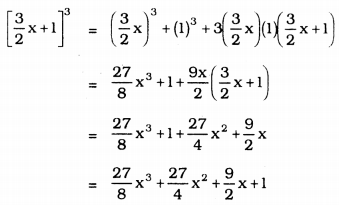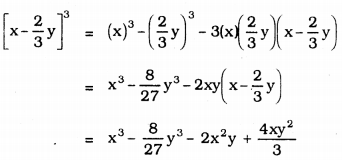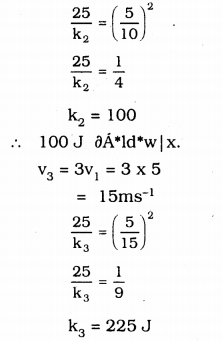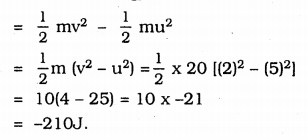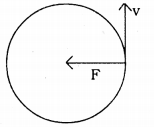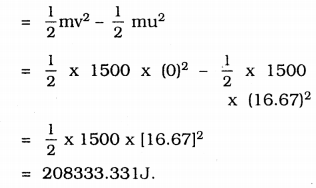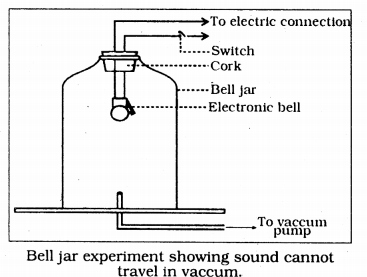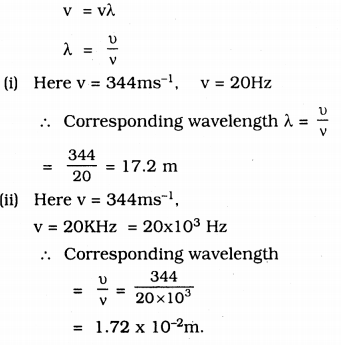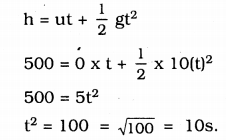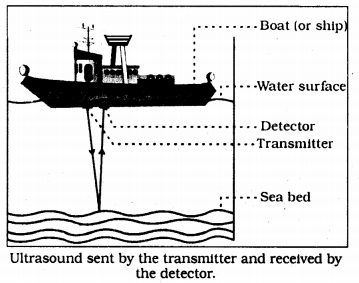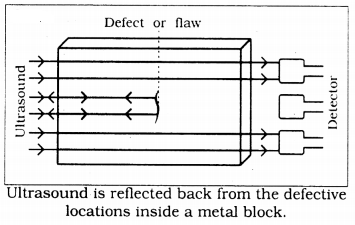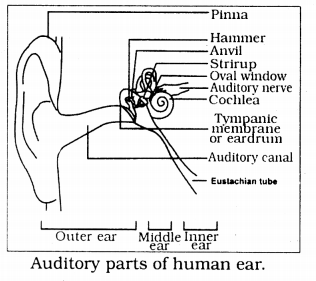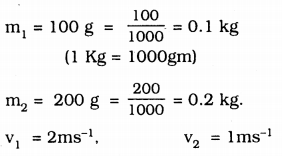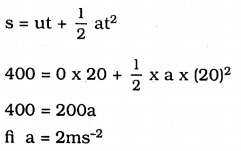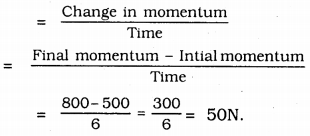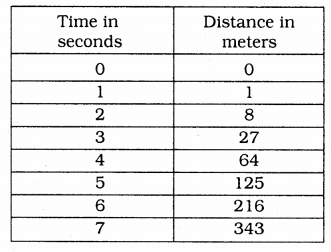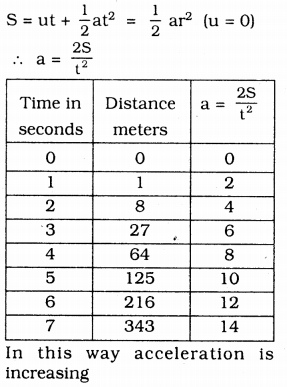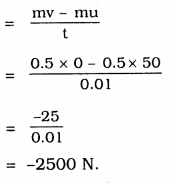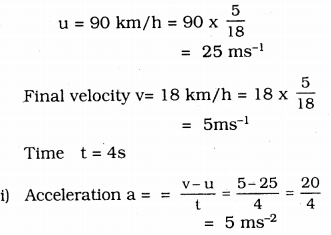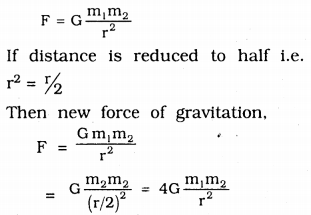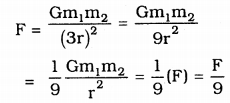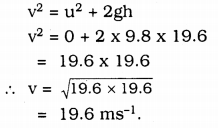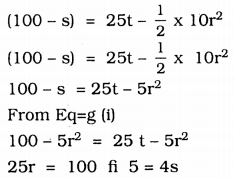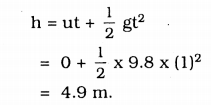Karnataka Board Class 9 Maths Chapter 11 Areas of Parallelograms and Triangles Ex 11.1
Question 1.
Which of the following figures lie on the same base and between the same • parallels. In such a case, write the common base and the two parallels.
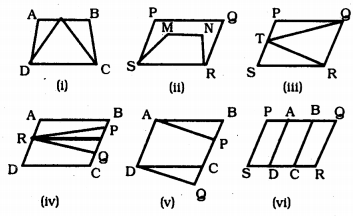
Solution:
(i) ∆PDC and quadrilateral ABCD are on DC. They are in between AD || DC.

(ii) Parallelogram PQRS is on base SR. Trapezium SRMN is on base SR. But they are not in S between SR || PQ.

(iii) Parallelogram PQRS and ∆TRQ are on the base RQ and in between PS || RQ.

(iv) Parallelogram ABCD is on base BC and in between AD || BC.

∆RQP is on base PQ and in between AD || BC.
∴ Parallelogrm ABCD and ∆RQP are not on same base. But they are in between AD || DC.
(v) Here,
AD || DC,
AD || BC,
AP || DQ.
AD || PQ.
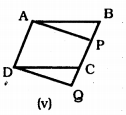
Parallelogrm ABCD and Parallelogram APQD are on same base AD and in between AD || BC.
(vi) Here, PQ || SR, PS || AD || BC || QR .
These are on the same base and in between a pair of parallel lines.
